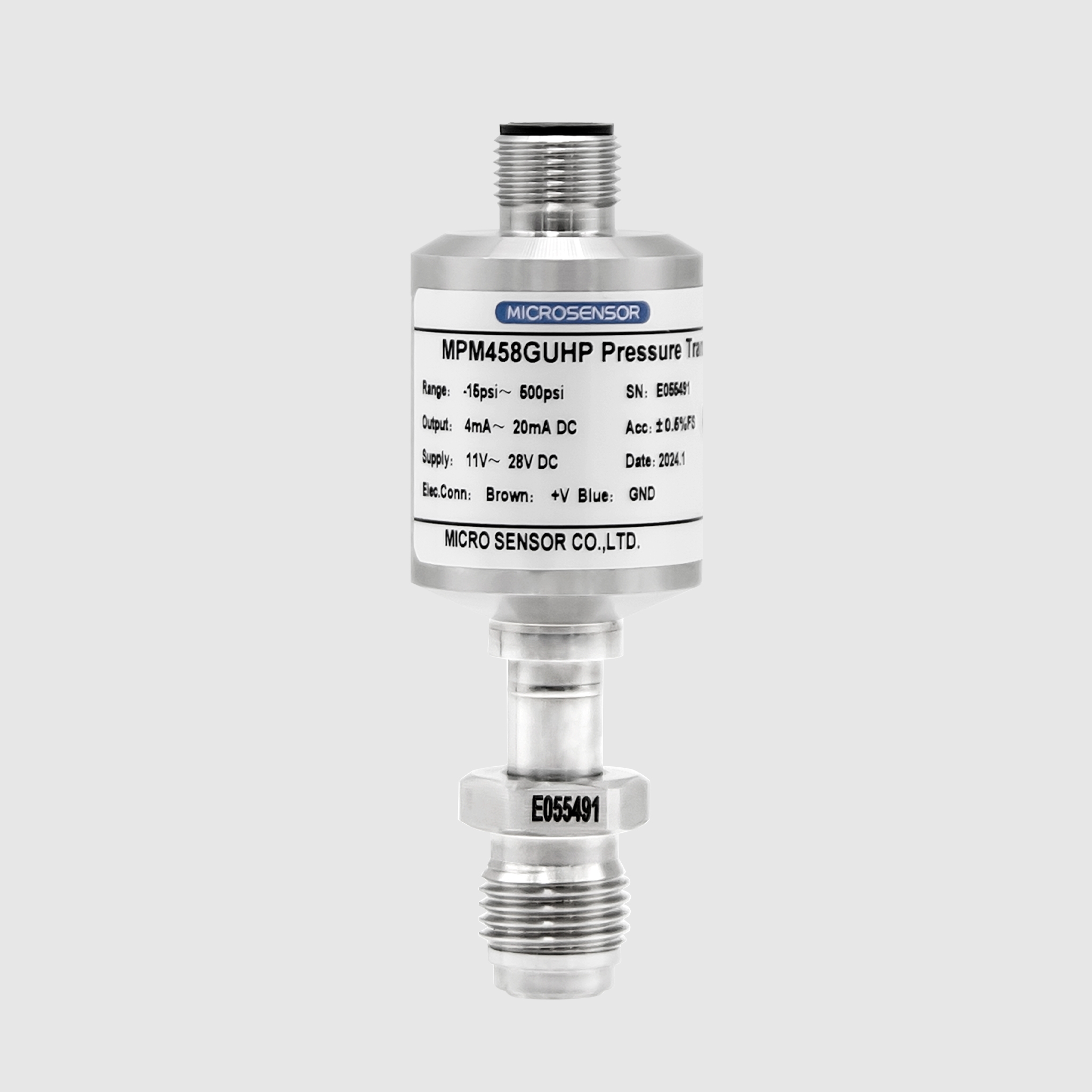Differential Pressure Transmitter
0bar~0.35bar...35bar
Accuracy: ±0.5%FS
4~20mA DC 0/1~5V DC 0~10/20mA DC
New Product Change Notice (PCN) effective Jan 1, 2025. MICROSENSOR appreciate your understanding.
MPM458GUHP
Used For
Semiconductor, Solar Photovoltaic, Flat Panel Display, High-purity Media and Special Gas Systems
Leave a MessageMPM458GUHP is a dedicated pressure transmitter with a precise product design, fully digital temperature compensation and calibration, excellent EMC rating, and a zero-adjustment knob, ensuring the accuracy and stability of the measurements. The full welded structure, VCR process connection method, and carefully selected construction materials provide strong sealing and corrosion resistance.
Manufactured and processed in a Class 100 cleanroom, the wetted parts are electropolished and cleaned, and the product has passed international certification, making it suitable for various pressure monitoring and measurement applications in the semiconductor industry involving high-purity media.
Specifications
• Electrical connection: Circular aviation connector M12×1 (4pin) IEC 61076-2-101
• Process connection: 9/16-18UNF-2A
• Construction feature: Fully welded
• Measuring medium: High-purity media and special gas systems
Image:
MPM458GUHP is a dedicated pressure transmitter with a precise product design, fully digital temperature compensation and calibration, excellent EMC rating, and a zero-adjustment knob, ensuring the accuracy and stability of the measurements. The full welded structure, VCR process connection method, and carefully selected construction materials provide strong sealing and corrosion resistance.
Manufactured and processed in a Class 100 cleanroom, the wetted parts are electropolished and cleaned, and the product has passed international certification, making it suitable for various pressure monitoring and measurement applications in the semiconductor industry involving high-purity media.
Specifications
• Electrical connection: Circular aviation connector M12×1 (4pin) IEC 61076-2-101
• Process connection: 9/16-18UNF-2A
• Construction feature: Fully welded
• Measuring medium: High-purity media and special gas systems
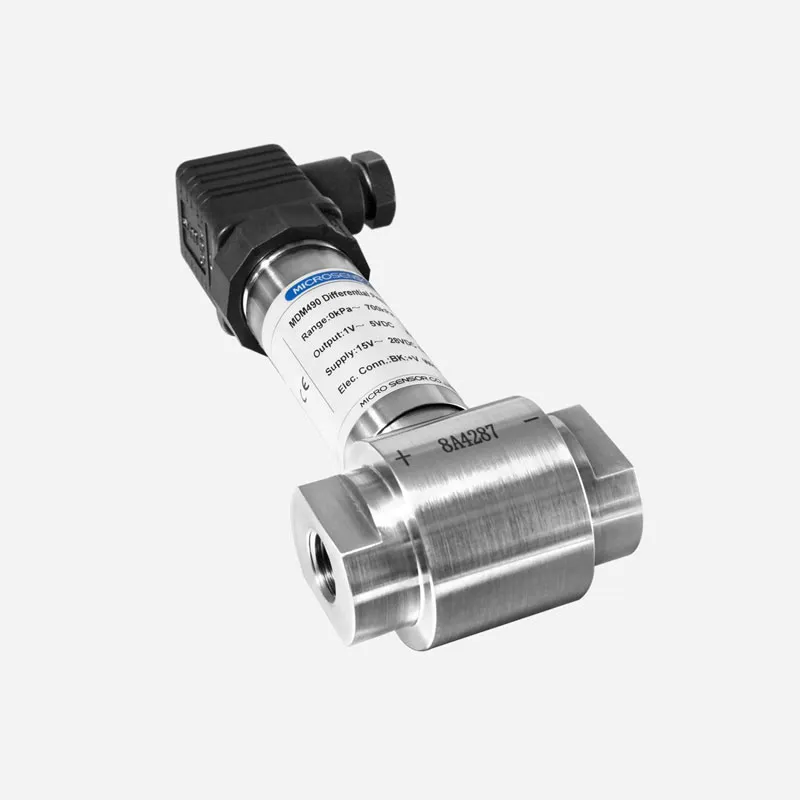
0bar~0.35bar...35bar
Accuracy: ±0.5%FS
4~20mA DC 0/1~5V DC 0~10/20mA DC
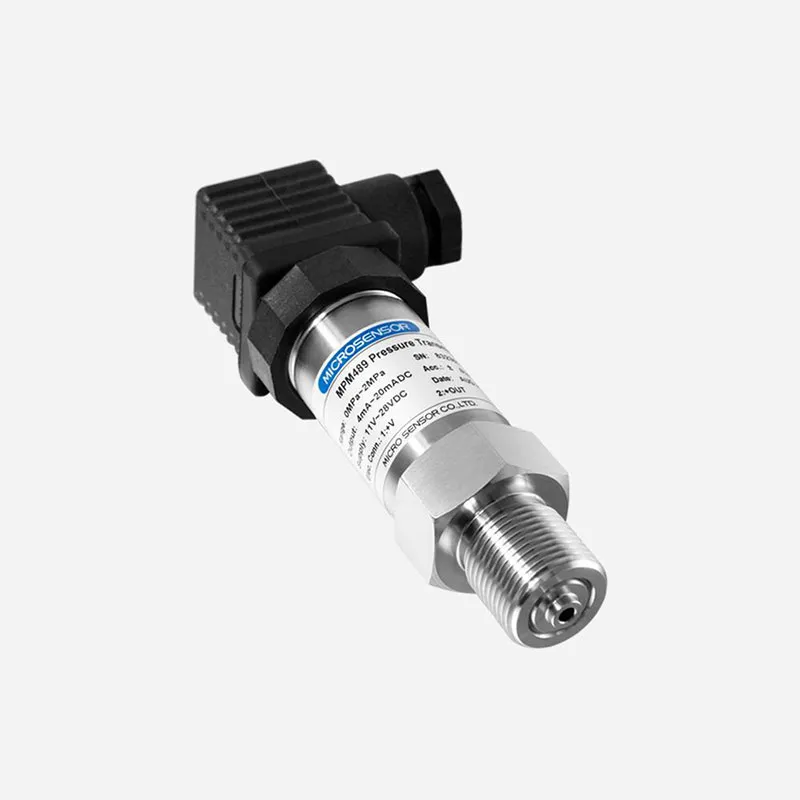
-1bar...0mbar~100mbar…1000bar
General / Flush Diaphragm
CE, RoHS, ATEX approved
DNV and ABS certifications for installation on the ship
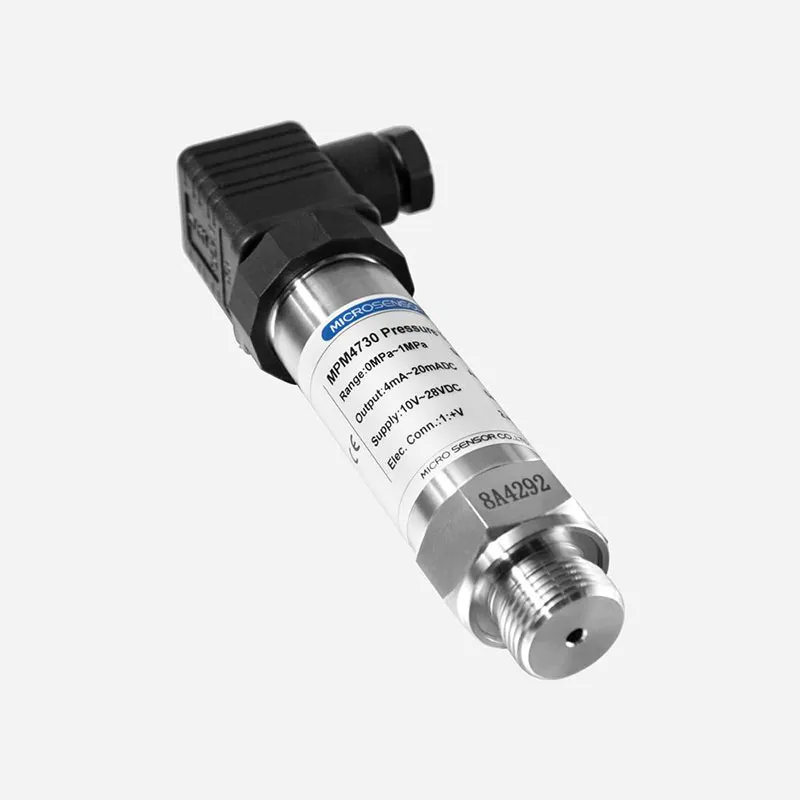
Range:-1bar...0~0.1bar…1000bar
Accuracy: ±0.1%FS
RS485/HART Protocol
DNV approved for ship use
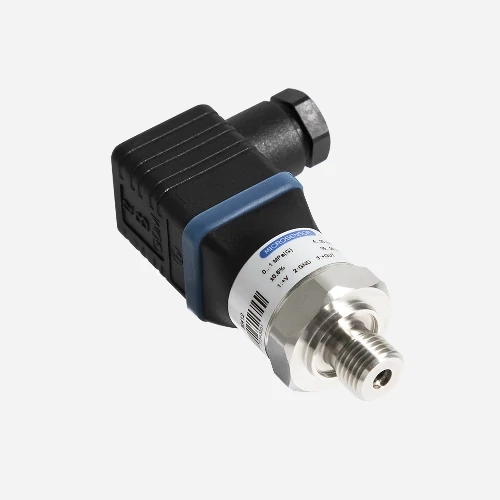
Range: 0~250mbar to 0~250bar
Accuracy:±0.25%FS, ±0.5%FS
Output: 4mA~20mA DC, 0/1V~5/10V DC, 0.5V~4.5V DC
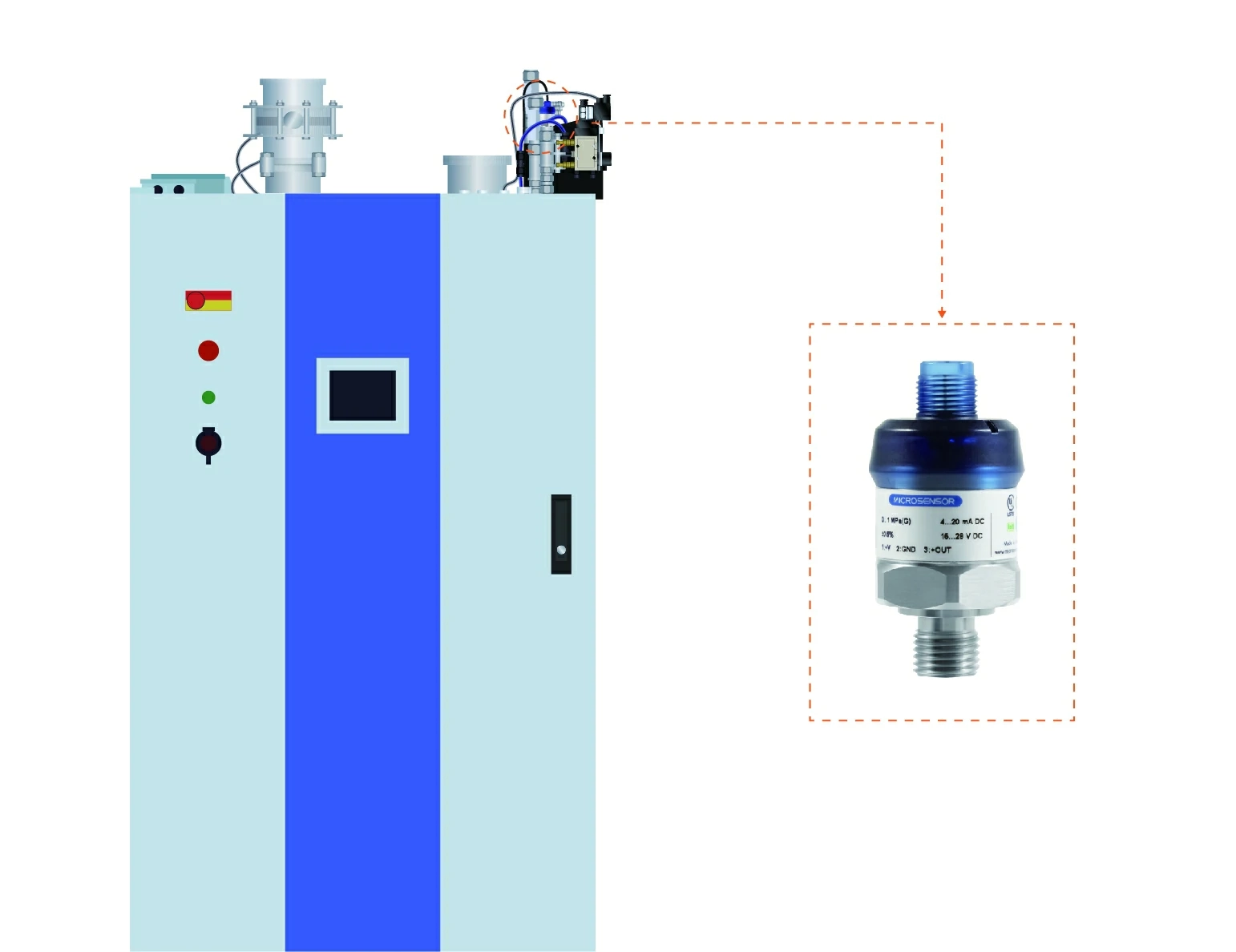
The plasma in a plasma cleaning machine is a state of matter, usually composed of process gases. Therefore, specially designed pressure transmitters must be installed in the relevant gas circuits of the plasma cleaning system to monitor and provide feedback on production data.
more info...
Pressure transmitters are used not only to measure the pressure inside the tank but also to measure the absolute pressure of the tank body and the pressure before and after the cryogenic pump, ensuring the safe operation of the system. Differential pressure measurement is the most common and reliable method for measuring the liquid level of cryogenic high-pressure bulk storage tanks.
more info...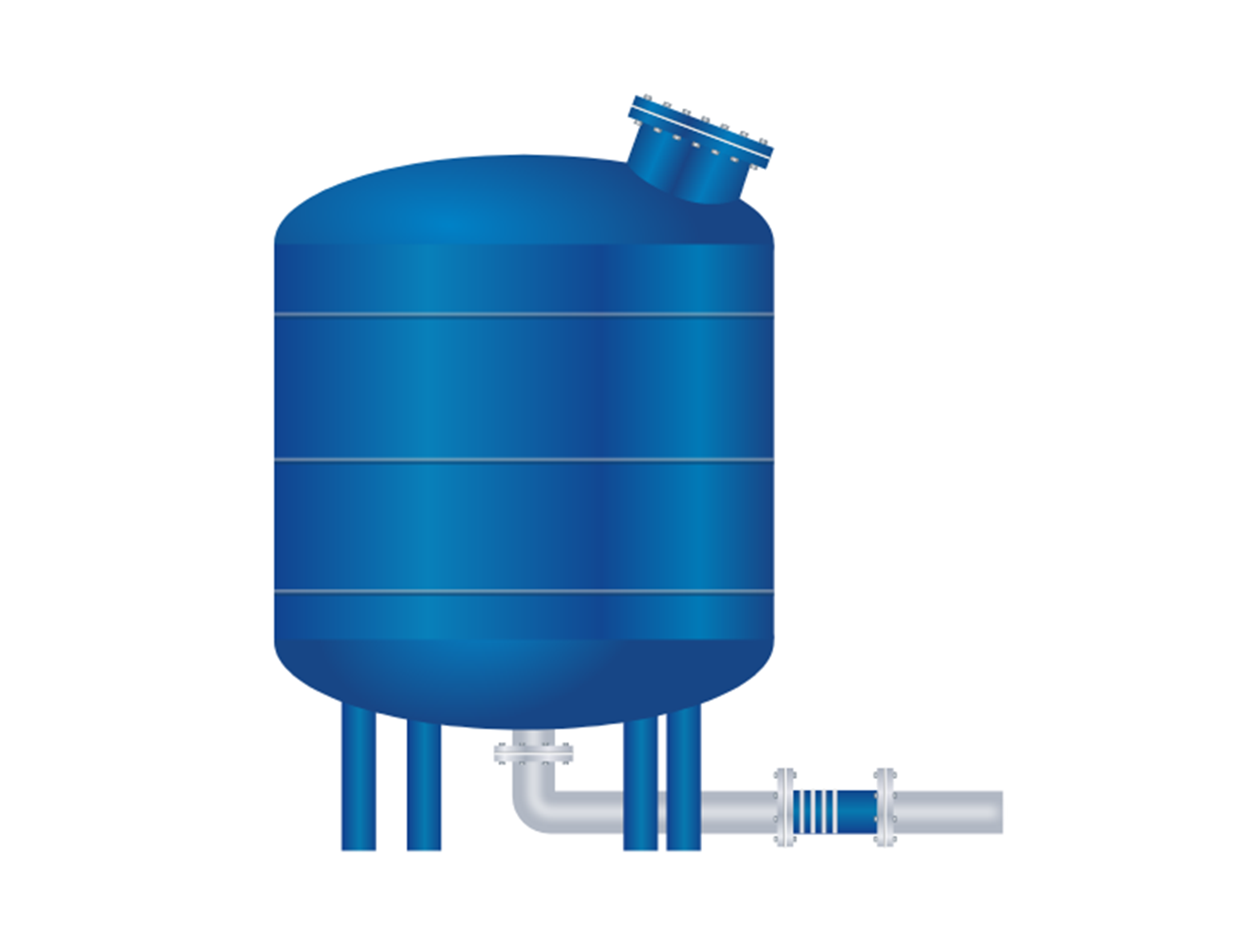
The pulp undergoes high-temperature bleaching in a tower using peroxides, ozone, or oxygen to get the right white color. The tower usually stays empty while the large amount of bleached pulp is dumped via a screw conveyor.
more info...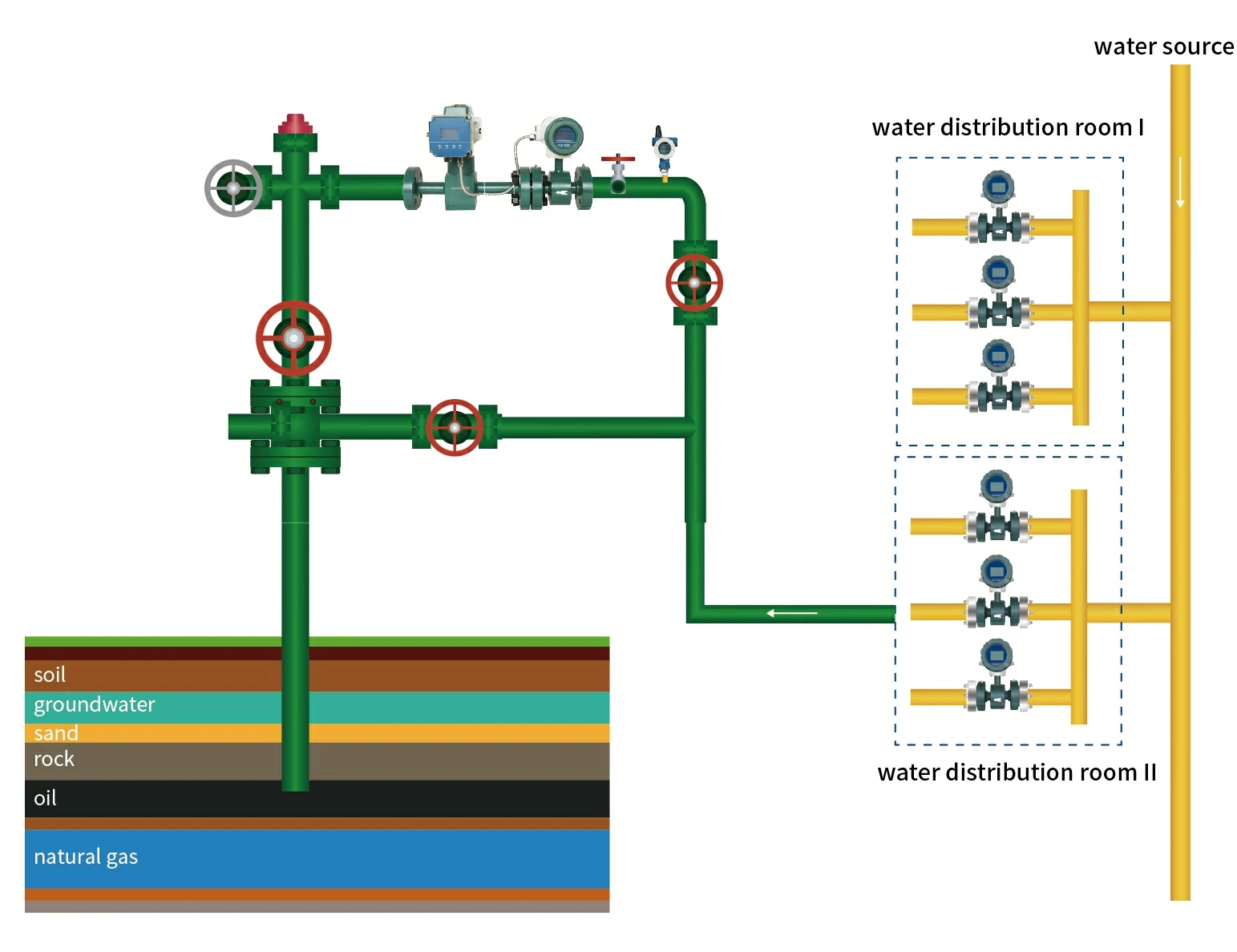
Install instruments like electromagnetic flowmeters, temperature/pressure transmitters, flow controllers in the pressure pumps, water injection pipelines, and water injection wells to monitor the water injection volume, pressure, and level changes in real time so that the pressure and volume of the well-injected water can be controlled.
more info...